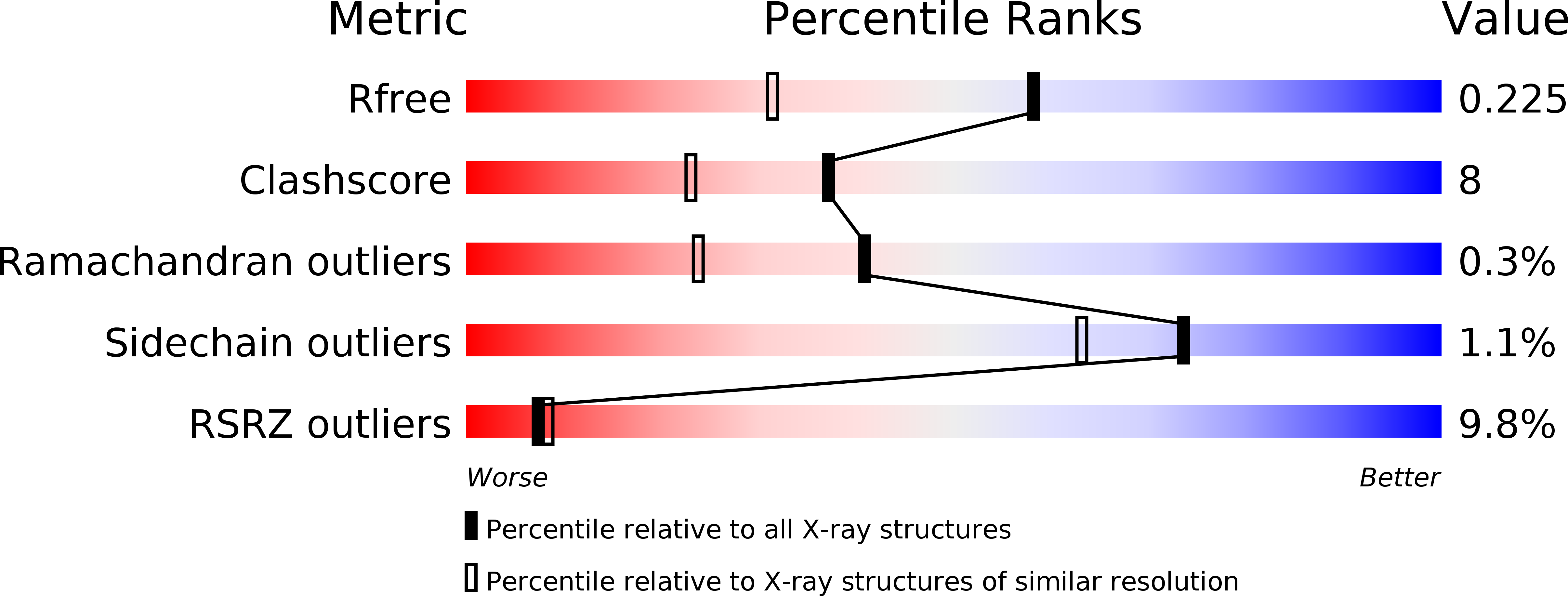
Deposition Date
2007-08-25
Release Date
2007-09-25
Last Version Date
2024-11-20
Entry Detail
PDB ID:
2V9T
Keywords:
Title:
Complex between the second LRR domain of Slit2 and The first Ig domain from Robo1
Biological Source:
Source Organism:
HOMO SAPIENS (Taxon ID: 9606)
Host Organism:
Method Details:
Experimental Method:
Resolution:
1.70 Å
R-Value Free:
0.22
R-Value Work:
0.18
R-Value Observed:
0.18
Space Group:
P 21 21 2


